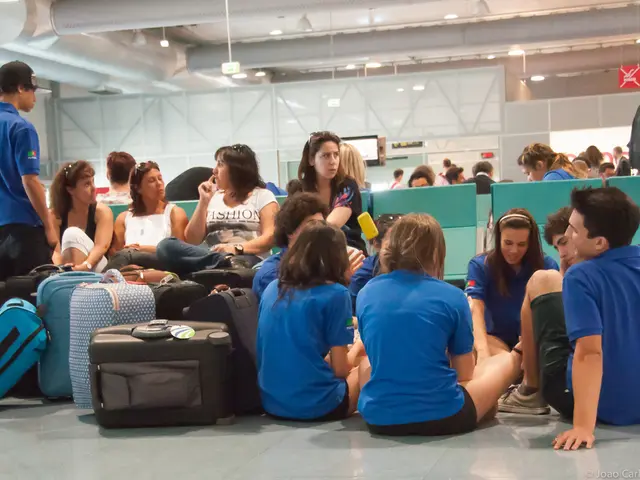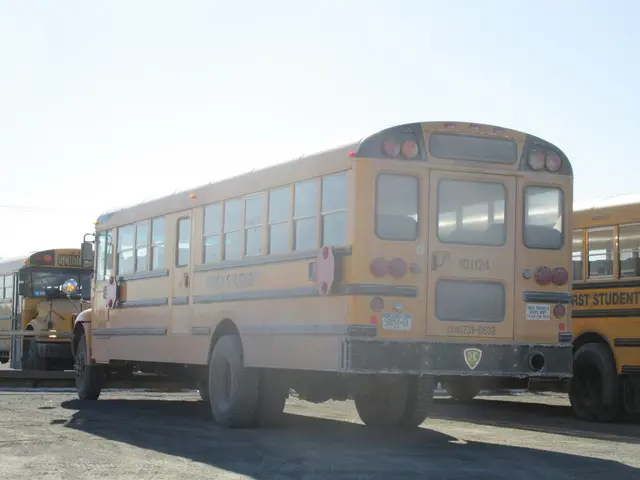After the resumption of commercial flights post-pandemic shutdowns, some pilots acknowledged the lack of practice and the struggle to shake off rust from the aircraft systems as anticipated. One pilot, in a June report, shared their first flight in nearly three months, citing a forgotten task to activate an essential anti-ice system.
Safety concerns have arisen with the increased workload of returning pilots and the need for additional training to meet regulatory requirements. Measures such as improved pilot training, enhanced selection and testing, comprehensive training programs, updated regulations, and industry collaborations are being implemented to address this issue.
Improved Pilot Training and Certification: The aviation industry is transitioning from traditional hour-based training to evidence-based methods, focusing on risk and competency. Stringent selection processes and continuous monitoring of pilots are priorities. New certification paths and simulation-based training are being considered to improve pilot quality and safety.
Comprehensive Training Programs: Alternative pathways for R-ATP certifications and scenario-based training using advanced simulation technologies are being explored to ensure pilots are prepared for various scenarios.
Regulatory Oversight and Updates: The FAA is reviewing and updating regulations to align with modern aviation practices while addressing air traffic control lapses.
Industry Collaboration and Safety Management Systems: Airlines, training academies, and regulatory bodies collaborate to develop continuous safety improvement philosophies. Data-driven updates to training programs and real-world performance analysis aim to translate learning from the ground and simulators.
Investigations and Analysis: The NTSB is conducting investigations into recent aviation incidents to expose underlying problems and drive reforms.
Despite the challenges, American Airlines asserts that the pandemic has not resulted in a decline in their pilots' competence.
Sources: , ,








